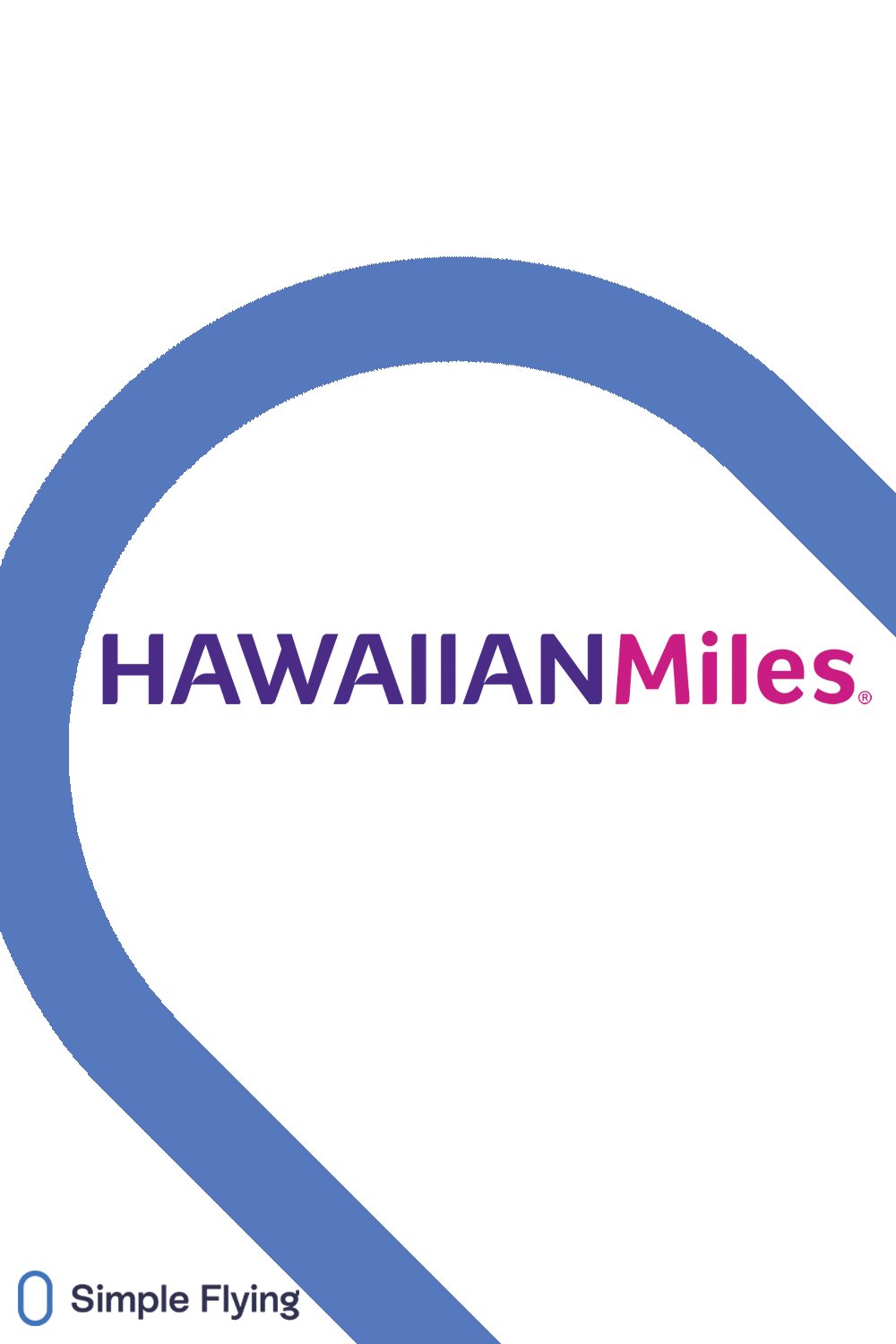US carriers Alaska Airlines and Hawaiian Airlines are finally merging after months of regulatory hurdles. While the carriers have promised to keep the two unique brands separate, the airline’s frequent flyer programs are set to be combined, and the Department of Transportation has some conditions for the resulting program.
What do we know so far?
The two airlines have long affirmed they will operate a single loyalty program that retains all the value members of Alaska’s Mileage Plan and HawaiianMiles currently experience. This week’s announcement confirmed that passengers will be able to transfer miles at a 1:1 ratio and book flights across both airlines using their existing points.
The next step in the merger involves Alaska Airlines and Hawaiian Airlines obtaining a single operating certificate with the Federal Aviation Administration ( FAA), which will allow the two airlines to operate as a single carrier with an integrated passenger service system.
Photo: Alaska Airlines
In the meantime, each airline will maintain separate websites, reservation systems, and loyalty programs with several immediate benefits for frequent flyers of both airlines.
What changes are coming first?
Beginning today, September 18th, the combined airline is recognizing the hundreds of flyers who have accrued more than one million miles or more on Hawaiian Airlines by acknowledging its appreciation for their business with new benefits. Alaska Already has a similar program for its most frequent flyers, with the airline’s most loyal customer recently reaching three million miles with the oneworld Alliance carrier.
There is good news for anyone who holds an Alaska Airlines Lounge membership, as members and guests can now enjoy Alaska Lounge locations when flying on Hawaiian. Each airline’s lounge memberships will remain separate for the time being. Interestingly, Hawaiian Airlines Premier Club members who want to access an Alaska Lounge when traveling on Alaska Airlines or Hawaiian Airlines must still purchase a single-entry Lounge Pass.
Photo: Alaska Airlines
The biggest update in the immediate future is that members of both airlines’ frequent flyer programs will be able to transfer miles between Alaska and Hawaiian loyalty accounts to redeem for award travel “later this month” at a 1:1 ratio.
This could potentially be an opportunity to stock up on Hawaiian Airlines miles if you have already exhausted your MileagePlan options for the time being or want to transfer points from a program that does not support transfers directly to Alaska. For example, American Express Membership Rewards points can be transferred to Hawaiian but not Alaska.
What is coming next?
The airlines promised several new benefits for frequent flyers, which will roll out over the coming months. Guests will be able to accrue Mileage Plan miles or HawaiianMiles miles when flying either airline. While there was no immediate confirmation of when this will go into effect, it might be worth checking to see if points can be added retroactively.
Passengers will also be able to buy tickets for most Hawaiian flights on alaskaair.com and buy tickets for Alaska flights on hawaiianairlines.com starting this month. Booking Hawaiian’s long-haul flights to destinations such as Japan, South Korea, and Australia will come to the Alaska Airlines site at a later date.
The existing Alaska Airlines frequent flyer program offers redemptions across a range of 

What is happening next year?
According to an Alaska Airlines statement, travelers will be able to redeem their Mileage Plan miles directly on all Hawaiian flights, including international destinations, and combine Hawaiian flights with Alaska or partner flights when redeeming miles in “Early 2025.”
Also coming next year is the ability to Status Match between the two programs. This means anyone who holds elite status with Alaska or Hawaiian will be able to link their accounts to enjoy equivalent status on the other airline automatically. The elite status levels will be matched according to the chart below:
If you have…
You will be matched to…
Alaska Mileage Plan MVP status
HawaiianMiles Pualani Gold status
Alaska Mileage Plan MVP Gold, MVP Gold 75K, or MVP Gold 100K status
HawaiianMiles Pualani Platinum status
HawaiianMiles Pualani Gold status
Alaska Mileage Plan MVP status
HawaiianMiles Pualani Platinum status
Alaska Mileage Plan MVP Gold status


Hawaiian Airlines’ loyalty program is HawaiianMiles, and it was started back in 1983. It allows passengers to redeem earnings for free or discounted flights, to upgrade their class of travel and to access other discounts on things like car rental, hotel stays and merchandise.
Countries United States
Established Date 1983-00-00
The airline confirmed that elite-qualifying miles (EQM) will be combined across both programs so that the resulting elite status will be based on the highest tier based on the combined EQM total. An airline representative explained how the process works:
“For example, if you’re a HawaiianMiles Pualani Gold member who earned 20,000 elite-qualifying miles this year, and also have MVP status in Mileage Plan with 20,000 elite-qualifying miles earned this year, your combined EQM total of 40,000 means you’ll be awarded Pualani Platinum status in HawaiianMiles and MVP Gold status in Mileage Plan for 2025.”
Photo: Alaska Airlines
Based on the data provided, those with a combined 20,000 EQMs will receive Alaska MVP and Pualani Gold. At 40,000 EQMs, frequent flyers will receive MVP Gold and Pualani Platinum. Those earning 75,000 and 100,000 qualifying miles will receive MVP Gold 75k and MVP Gold 100K, but still just Pualani Platinum in the HawaiianMiles program.
This lack of equivalent upper tiers is likely to be addressed in the new program, which will see the airline “Combine the best of Mileage Plan and HawaiianMiles into a new unified loyalty program for our guests.” Additional details on the program will arrive in “Mid-2025.”
What do the regulators say?
In a statement obtained by Simple Flying, the US Secretary of Transportation outlined several specific consumer protections that the newly merged airline must follow, several of which apply specifically to points and miles. The US Department of Transportation recently launched an investigation into the frequent flyer programs of the four largest US airlines. Alaska and Hawaiian were not named in the inquiry, but the Department confirmed it had met with the airlines over the past months regarding their respective loyalty programs.
This is the first time the DOT is requiring airlines to agree to binding, enforceable public-interest protections in order to permit the carrier to close their merger. If the transfer is approved, the protections will remain in effect for six years. US Transportation Secretary Pete Buttigieg explained the reasoning behind the restrictions:
“Our top priority is protecting the traveling public’s interest in this merger. We have secured binding protections that maintain critical flight services for communities, ensure smaller airlines can access the Honolulu hub airport, lower costs for families and service members, and preserve the value of rewards miles against devaluation.
“This more proactive approach to merger review marks a new chapter of DOT’s work to stand up for passengers and promote a fairer aviation sector in America.”
Both Alaska and Hawaiian have agreed to these first-ever reward protections against devaluation that ensure that consumers will receive the rewards, benefits, and status they have earned. The individual consumer protections consist of the following:
No expiration for miles earned under current programs: All HawaiianMiles miles and Alaska Mileage Plan miles earned prior to conversion into the new combined loyalty program must not expire. Transfer miles at 1:1 ratio: Rewards members can transfer HawaiianMiles miles to and from Alaska Mileage Plan miles at a 1:1 ratio prior to the launch of the new combined loyalty program, so all members have the same number of miles before and after conversion. Maintain value of miles: The combined airline must maintain a minimum dollar value for all miles in the new loyalty program, not take any actions that would devalue HawaiianMiles miles, and keep the value of each unredeemed HawaiianMiles mile earned prior to the merger closing. Match, maintain, or increase status: Under the new combined loyalty program, the combined airline must match and maintain the equivalent status levels or increase status and conferred benefits as necessary to ensure members of each existing loyalty program are treated no less favorably relative to status. No new junk fees: The combined airline must not impose change or cancellation fees on rewards redemption tickets for travel on carrier-operated flights.
Additionally, Alaska and Hawaiian must maintain existing service on key Hawaiian routes to the continental United States and between islands, preserve support for rural service, ensure competitive access at the Honolulu hub airport, guarantee fee-free family seating and alternative compensation for controllable disruptions, and lower costs for military families.
One way the airline has already committed to this is through the imminent launch of its new travel program just for those who live in Hawai‘i. The program is called Huaka‘i by Hawaiian, which means voyage, and it will include unique discounts and benefits exclusively for Hawai‘i residents.
Huaka‘i members will receive 10% off one booking per quarter and a free checked bag when traveling interisland, while members with the Hawaiian Airlines World Elite Mastercard cardmembers will receive 20% off one interisland booking per quarter and their existing credit card benefit of two free checked bags.
Hawai‘i residents will receive an email with a link to sign up for a free membership in the coming weeks.
Source link : http://www.bing.com/news/apiclick.aspx?ref=FexRss&aid=&tid=66eb46f769ea4e0b97a31ea8355b4106&url=https%3A%2F%2Fsimpleflying.com%2Falaska-airlines-and-hawaiian-airlines-confirm-new-frequent-flyer-program-for-2025%2F&c=6056689276421695189&mkt=en-us
Author :
Publish date : 2024-09-18 09:50:00
Copyright for syndicated content belongs to the linked Source.










